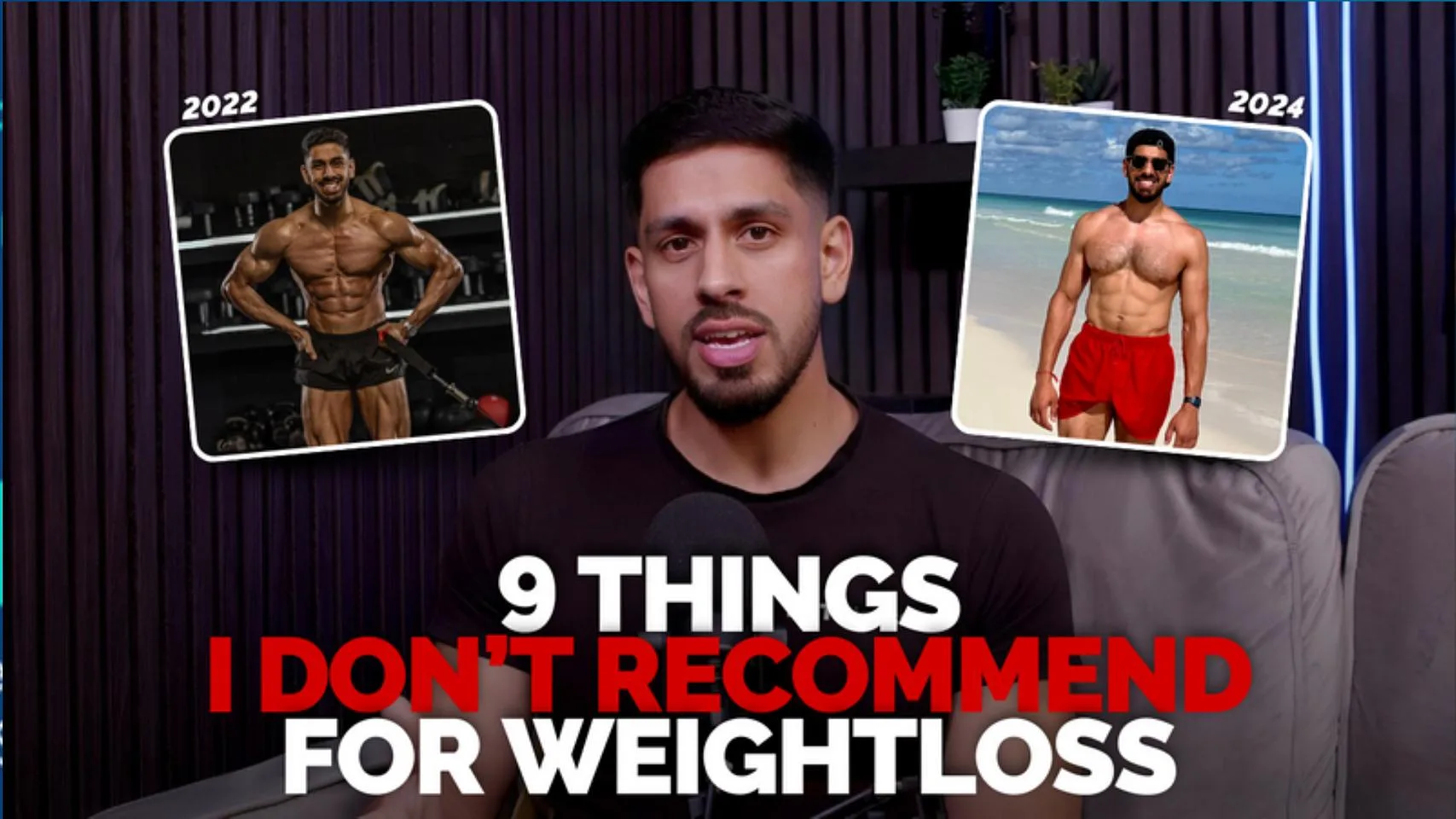Ramadan is a holy month centered on prayer and fasting, but if you’re one of those who doesn’t skip a workout, you may find that Ramadan professes a challenge to your exercise habits.
If you can adjust your training routine a bit, you will still keep fit with a busy Ramadan schedule. Here are five tips for making the most of your Ramadan runs.
1 . Avoid coffee and Stay Hydrated with water content food & Electrolytes.
Water Content Food
I have seen many other blogs suggesting that you drink plenty of water, but when you start fasting, whatever the water you have consumed will be get drained in few hours.
So it is always better to eat water content fruits and vegetables before you start fasting. Fruits like watermelon, vegetables like cucumber, and lettuce will keep our body hydrated during the fasted period.
Coffee
Suhoor (pre-dawn meal) is a time when you will be exhausted, so a cup of coffee to recharge can be seriously tempting. However, caffeine is a diuretic that will make you want to urinate a lot more than usual.
While water also leads to bathroom visits, it is still hydrating, while coffee makes you urinate more without offering any hydration in the first place.
Electrolytes
if you are planning to start your workout post Iftar
Drink Coconut water to get your necessary electrolytes.
Coconut water is the Perfect Electrolyte Balance from Mother Nature.
Fresh coconut water is one of the richest natural sources of electrolytes and can prevent dehydration from strenuous exercise, vomiting, or diarrhea.
You lose electrolytes (especially sodium and potassium) when you sweat, which must be replenished with food and water intake. Because coconut water naturally contains so many electrolytes, it’s been called “Nature’s Gatorade.”
2 . Plan your workout properly
Try to time your workout, so the ending concurs with Iftar, and you have enough time to shower and break your fasting, so you aren’t waiting around totally dehydrated after your run.
Workouts don’t have to be killer. Take your average activity down a level to make it a little easier on your fasting body. Don’t do any extreme workouts, just something that gets your body moving.
Beginner Plan: Concentrate on NEAT Movements.
NEAT stands for Non-Exercise Activity Thermogenesis, a state where calories are burned through mild activities such as standing or walking.
For a fact, standing up can burn up to 50 calories per hour. You can also burn calories by walking more during the day, with the target of 10,000 to 15,000 steps per day. Fasting has a unique fat-burning potential, so walking would also have a compelling impact on your body.
• Intermediate Plan: Focus on LISS Cardio
LISS stands for Low-Intensity Steady State, exercises such as running and cycling.
It is doable and befitted for Fat burning in the hour before breaking the fast or Iftar.
You can engage in 30-40 minutes of low-intensity exercise such as a brisk walk or jogging outside, or hit a treadmill in the gym.
Tip: Start the exercise slowly and stay below your maximum level. Do it carefully and positively, and don’t push yourself over your body’s boundary.
• Advanced: Focus on HIIT Training
HIIT stands for High-Intensity Interval Training, a more intense exercise than just running and cycling.
Spending 20 minutes on HIIT is just perfect during Ramadan. This should be carried out in short bursts of 45-seconds intense exercises, and 15-seconds rests. You can get a great workout and burn more calories than LISS and NEAT.
3. Plan your meals to avoid binging
When you are starving and looking to break our fast, you need to be cautious.
If it comes to if-tar, a greasy plate of food in front of us will be an easier option than cooking. So plan your meals to avoid slipping up with low-value food to stay on track with your targets.
I kept seeing an uncontrolled parade of fried foods and juicy drinks daily through Ramadan, which is not a healthy way of keeping religious fasting on point.
So prep your meals properly for both times.
4 . Get Quality sleep
Finally, make sure you are getting plenty of sleep the night before or after your workout day. Your body will need time to catch up on the extra energy that was dissipated during the day.
Well, this is the only thing people do religiously while fasting, which is a good thing. But some others kept watching movies after movies and kill time with non-productive hours. So to them, I would highly suggest starting to pick up some new habits like reading or to learn some new skills. Always utilize this precious time with purposeful activities.
5 . Be Smart to lose Fat Exclusively
Even though I am not a big advocate for weight loss during Ramadan, it works if you are wise in tracking your progress in nutrition and workout.
Ensure you track your calories of the food you consume, especially the MAcro nutrients (Protein, Carbs & Fat). And slowly adjust your activity level before breaking fast according to your energy level.
Through this way, you can quickly and smartly drop your excess body fat. Usually, a minor version of the KETO diet and INTERMITTENT DRY FASTING happens during this way and can hit your fitness goals effortlessly.
So as long as you keep a healthy diet and achieve safe exercises, you can healthily go through your fasting during Ramadan.
Staying healthy during Ramadan will deliver a wonderful experience that you can share with your loved ones.
Cheers
Ramadan Mubarak


